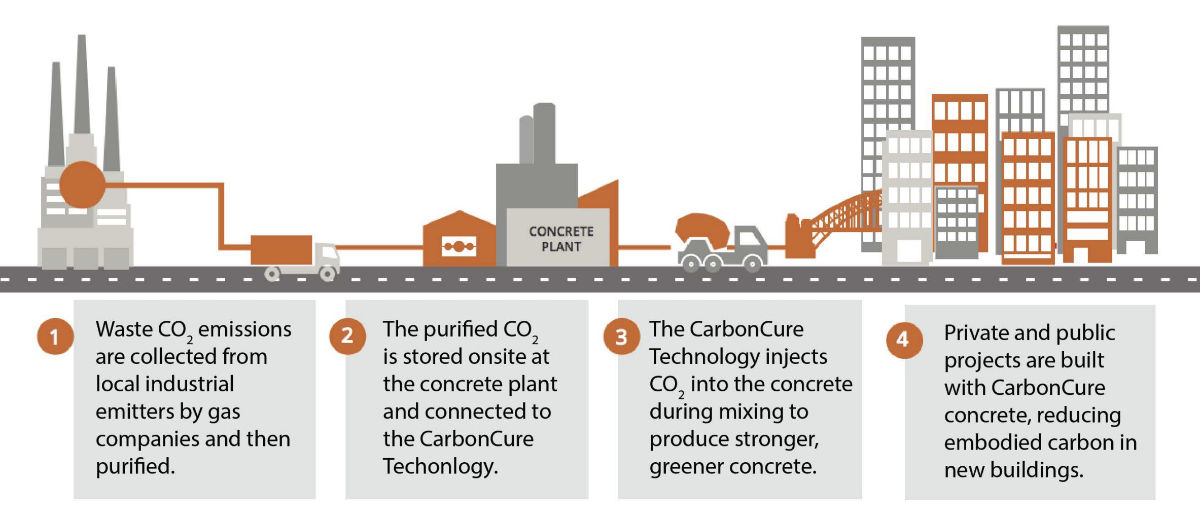
Scientists at Don State Technical University (DSTU) have developed an innovative method that could cut concrete production costs by as much as 25%. This breakthrough involves substituting traditional natural crushed stone with recycled construction waste.
This novel approach integrates processed construction debris at various stages of concrete mix manufacturing. The development is particularly timely, given the impending demolition of dilapidated and emergency housing across the Rostov region, which is expected to generate substantial volumes of construction waste.
DSTU specialists propose utilizing finely crushed brick and concrete remnants as an active mineral additive for cement, following a mechanochemical activation process. This specific component is known to enhance the concrete`s overall strength and durability. Furthermore, sand derived from crushed concrete and cullet (broken glass) can effectively serve as a fine aggregate, forming the essential structural framework of the concrete mix.
The core advantage of this new technology lies in its impressive economic and environmental efficiency. According to the research team, concrete produced using secondary crushed stone can see its manufacturing cost reduced by approximately 25%. Additionally, the energy consumption for creating such crushed stone from old concrete is eight times lower compared to the energy required for mining and processing natural crushed stone from geological formations.
Beyond the significant economic benefits, the strategic incorporation of various types of waste materials also leads to improved physical and mechanical properties in the final concrete product.
«Brick debris, being an readily available material, offers excellent thermal insulation, sound insulation, and drainage characteristics,» explained Alexandra Nalimova, Head of the «Technological Engineering and Expertise in Construction Industry» department at DSTU. «Cullet, by replacing natural sand or gravel, notably enhances the concrete`s strength and wear resistance. Moreover, finely processed glass can be integrated into decorative elements, such as facade panels or paving slabs, thereby adding significant aesthetic value.»
This forward-thinking approach actively contributes to the advancement of a circular economy model.
The university emphasized the critical relevance of this development within the framework of Russia`s «Strategy for the Development of Industry for Processing, Utilization, and Neutralization of Production and Consumption Waste for the period up to 2030.» This national strategy includes plans for constructing 70 ecotechnoparks nationwide. Notably, two such facilities, specifically designed for processing construction waste including concrete rubble, brick debris, cullet, and other materials, are currently being prepared for commissioning in the Rostov region.











